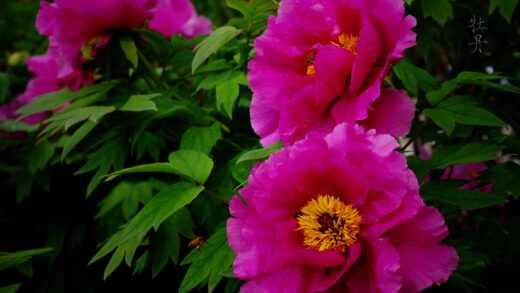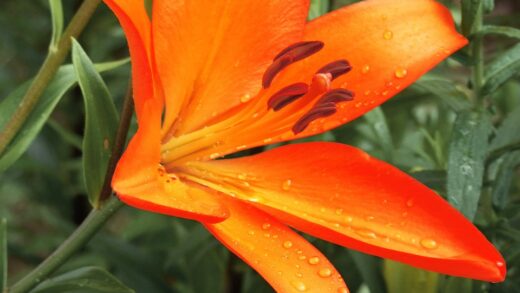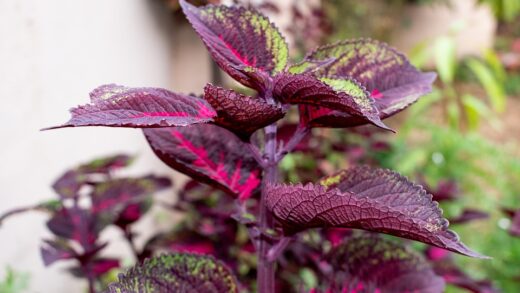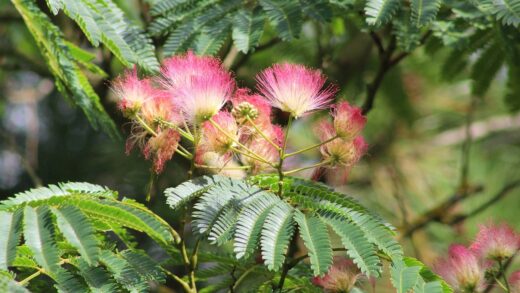The Douglas fir, in its native forest environment, thrives in soils rich with decomposing organic matter, a natural system that continuously replenishes essential nutrients. When cultivated in a landscape or plantation setting, the soil may not possess this same inherent fertility, necessitating a thoughtful approach to nutrient management and fertilization. While these trees are not considered particularly heavy feeders, providing them with the correct balance of nutrients, especially during their formative years, is crucial for promoting vigorous growth, a deep green foliage color, and strong resistance to environmental stresses. Understanding the specific nutrient needs of the Douglas fir allows for a targeted fertilization strategy that supports its health without promoting excessive, weak growth or causing harm to the surrounding environment.
The primary nutrients required by a Douglas fir for healthy development are nitrogen (N), phosphorus (P), and potassium (K), often referred to as macronutrients. Nitrogen is paramount for foliage growth and gives the needles their rich, green color. Phosphorus plays a vital role in root development, energy transfer, and the processes of photosynthesis. Potassium is essential for overall vigor, disease resistance, and the regulation of water movement within the tree. A soil test is the most reliable way to determine if any of these key nutrients are deficient in the soil. Without a soil test, any fertilization is essentially guesswork and can potentially do more harm than good by creating nutrient imbalances.
In addition to the primary macronutrients, Douglas firs also require a range of secondary nutrients and micronutrients, albeit in smaller quantities. These include calcium, magnesium, and sulfur, as well as iron, manganese, and zinc. Deficiencies in these elements can also lead to specific symptoms, such as chlorosis (yellowing of the needles) or stunted growth. Often, these deficiencies are not due to a lack of the nutrient in the soil but are related to an improper soil pH, which can ‘lock up’ the nutrients, making them unavailable for uptake by the tree’s roots. Ensuring the soil pH is within the preferred slightly acidic range (5.0 to 6.5) is therefore a critical first step before considering any supplemental fertilization.
The ideal time to fertilize a Douglas fir is in the early spring, just as new growth begins to emerge. A secondary, lighter application can be made in the early summer, but fertilization should be avoided in the late summer and autumn. Applying fertilizer, especially those high in nitrogen, late in the season can stimulate a flush of new growth that does not have sufficient time to harden off before the first frosts. This tender new growth is highly susceptible to winter injury, which can damage the tree and create entry points for diseases. A slow-release, balanced fertilizer formulated for evergreen trees is generally the best choice, as it provides a steady supply of nutrients over an extended period.
When applying fertilizer, it is important to do so correctly to ensure it reaches the tree’s root system and to avoid damaging the tree. Granular fertilizers should be spread evenly over the entire root zone, which typically extends out to the tree’s drip line and beyond, not just at the base of the trunk. It is crucial to avoid concentrating the fertilizer against the trunk, as this can cause chemical burns. After application, the fertilizer should be lightly watered in to help it dissolve and move down into the soil where the roots can access it. Following the application rates recommended on the fertilizer packaging is essential to prevent over-fertilization, which can be toxic to the tree and lead to nutrient runoff into local waterways.
More articles on this topic
The role of organic matter
Incorporating organic matter into the soil is a superior, long-term strategy for meeting the nutrient needs of a Douglas fir, closely mimicking the natural processes of a forest floor. Materials such as well-rotted compost, aged manure, and leaf mold provide a slow, steady release of a wide spectrum of nutrients as they are broken down by soil microorganisms. This gradual process ensures that the tree has a consistent supply of nourishment without the sudden jolt that can be provided by synthetic fertilizers. This approach feeds the soil, which in turn feeds the tree, creating a healthy and sustainable ecosystem around the plant.
Beyond its nutritional benefits, the addition of organic matter fundamentally improves the physical properties of the soil. In heavy clay soils, organic materials help to create aggregates, improving drainage and aeration, which are critical for preventing root rot in Douglas firs. In sandy soils, organic matter acts like a sponge, significantly increasing the soil’s capacity to retain water and nutrients, preventing them from leaching away too quickly. This improved soil structure provides a much more forgiving and supportive environment for root growth, leading to a stronger, more resilient tree that is better able to withstand periods of drought or other environmental stresses.
One of the most effective ways to apply organic matter is as a top dressing or as part of a mulch layer. Spreading a 2 to 5-centimeter layer of compost over the root zone annually in the spring and then covering it with a layer of wood chip mulch is an excellent practice. As rainfall and irrigation water percolate through the layers, they carry nutrients and beneficial organic compounds down into the soil. Earthworms and other soil organisms will also work to incorporate the organic matter deeper into the soil profile over time. This method avoids disturbing the tree’s sensitive surface roots, which can be damaged by excessive cultivation or tilling.
Building a fertile, living soil through the consistent use of organic matter ultimately reduces the long-term need for external inputs and creates a more self-sustaining system. A soil rich in organic material will host a diverse population of beneficial microbes, which not only help in nutrient cycling but can also help to suppress soil-borne pathogens. This holistic approach to fertility focuses on creating a healthy foundation for the tree, recognizing that the health of the plant is inextricably linked to the health of the soil in which it grows. For the long-term care of a Douglas fir, fostering a rich, organic soil is the most effective and sustainable fertilization strategy.


















